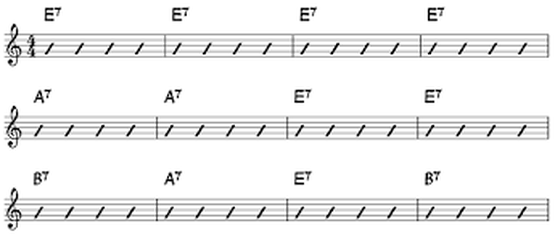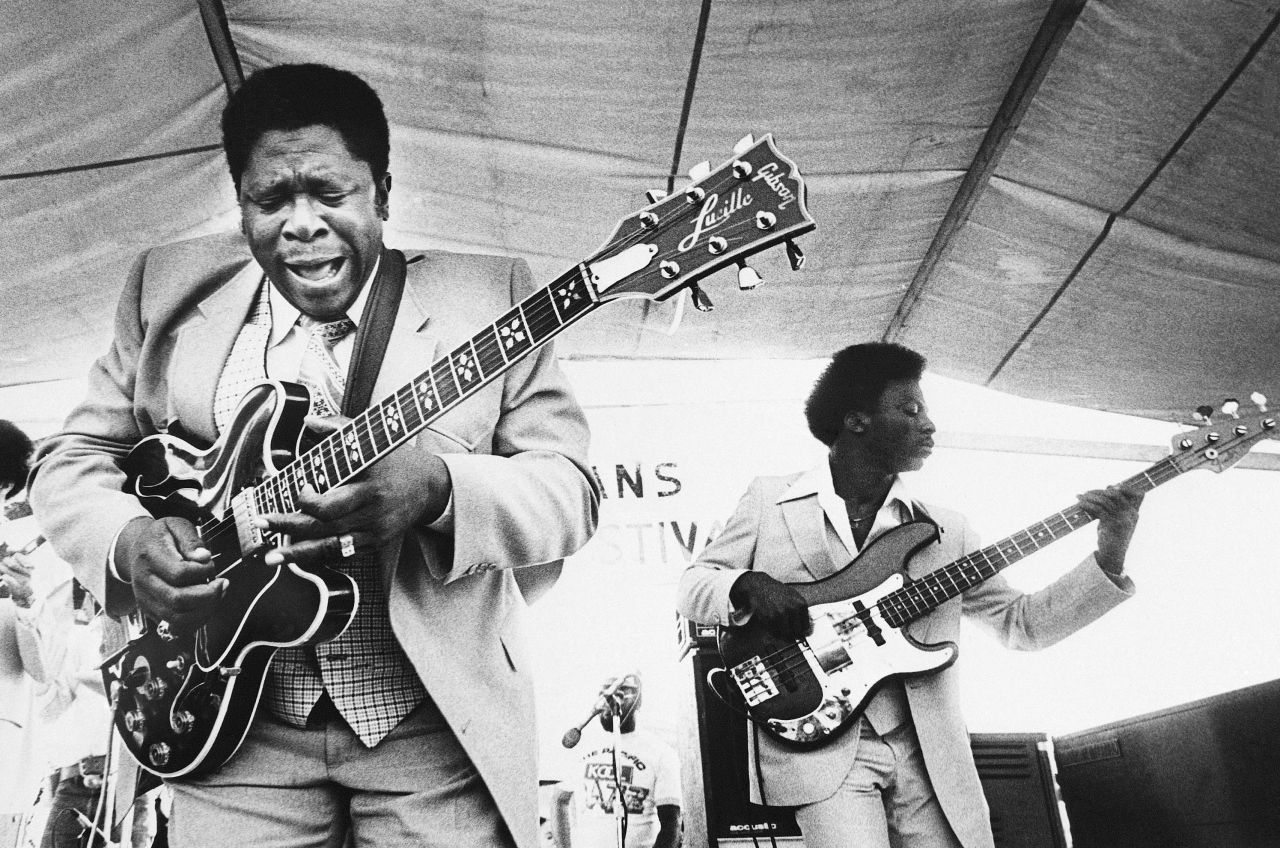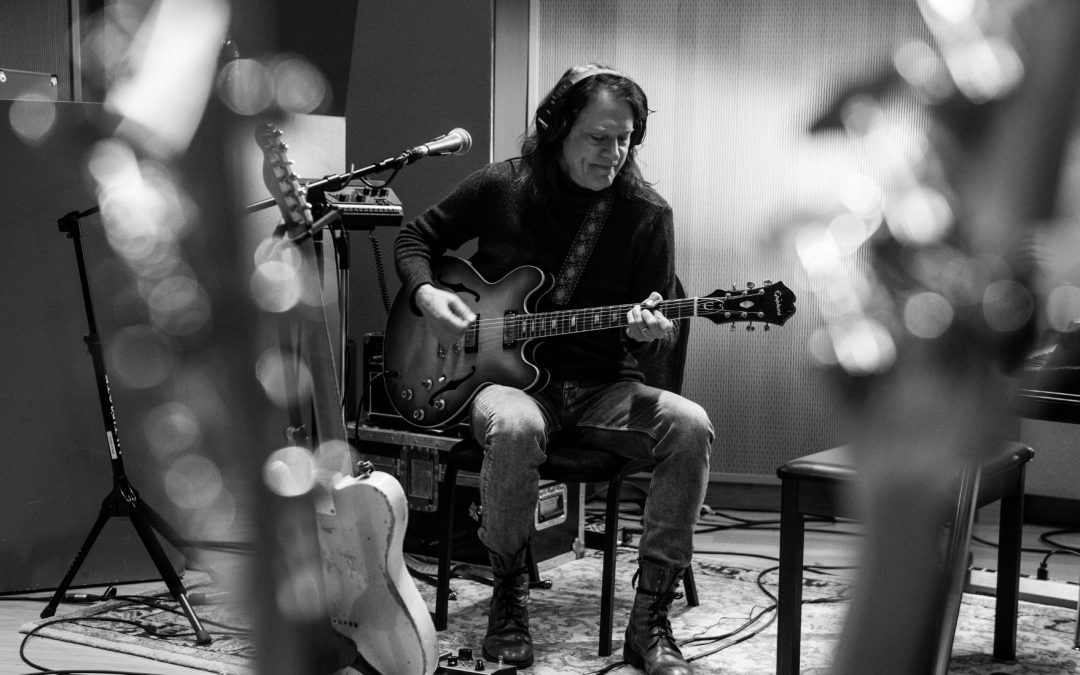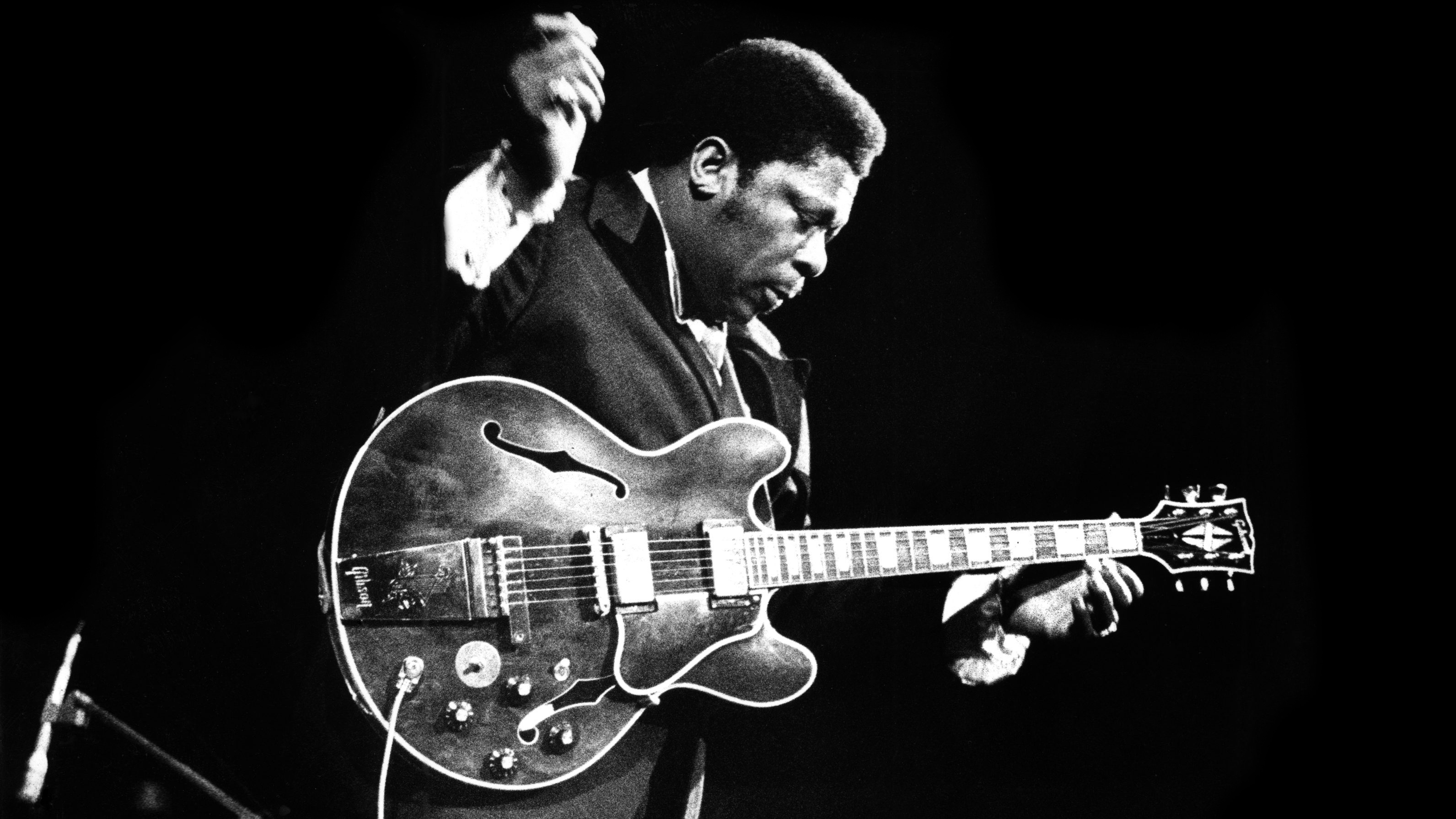I think every guitarist should learn to play the blues at some point on their musical journey. It has so much to offer in terms of expression, feel, improvisation, plus an immensely rich back catalog of tunes and players to draw inspiration from. Blues guitar is also relatively easy to get into and start to sound good—all you need are a handful of chords and a couple of pentatonic scales and you’re well on your way to half-decent sounding blues playing. The downside of this is that mindlessly burning up and down the minor pentatonic becomes the order of the day, as due to the theory waiver, you can blow over a blues without worrying too much about changing scales. However, I’ve discovered a simple trick you can use to always land on the right note.
If you’re soloing over a blues in E then you can wail over it to your heart’s content with just E Minor Pentatonic, or throw in E Major Pentatonic, the E Blues scale, or a combination of all three. Let’s say you’re starting out with blues soloing and are just using the Minor Pentatonic scale, probably in the classic ‘Clapton’ box position. There’s nothing wrong with this of course, in fact, this is a fantastic box pattern, it’s incredibly usable, and fits nicely under your fingers. The trick here is to land on the right notes when the chord changes.
The Problem
Guitarists are notorious for not knowing the notes on the fretboard and relying heavily on shapes. When you begin to consider the changes instead of blowing past them with the one-scale-fits-all method, things can get a little depressing to say the least. You have to slow right back down, and really think about what you’re playing. In a blues it doesn’t have to be that complicated as you’re not technically changing scales, you just need a little orientation to land on the right notes.
The Answer
So, if you’re soloing over a basic blues in E you’ll inevitably have something like this:

Your first reaction is probably to go up to the 12th fret and start wailing in E Minor Pentatonic, or E Blues, but you’re only using one or two scales, so you’ve got to make it interesting. This is where the sus4 triad comes in!
WTF?
Take a closer look at the pentatonic box while bearing in mind that you’re playing over a I, IV, V (1, 4, 5) chord progression: E7 = 1, A7 = 4, B7 = 5.

Here I’ve used the interval names from the minor pentatonic scale (1, b3, 4, 5, b7).
The sus4 triad contains the intervals 1, 4 and 5 just like our chord progression (E7 = 1, A7 = 4, B7 = 5). Check it out here in blue:

Once you’ve identified this sus4 shape within the Clapton box, you know exactly where to land after each chord change! When you go to A7 (the 4) you land on the four, and to the B7 (the 5), you land on the 5, and so on.
You don’t have to use the above sus4 triad and should experiment with the others available. I like this one because it’s right in the middle of the fretboard, and the notes are in order.
You could, and should, also use the top three strings as shown below.

There’s also another useful sus4 triad shape as follows:

What to Do Next
If this idea works for you then by all means, try repeating the idea with the other pentatonic or blues scale patterns to expand your reach on the fretboard. To help you I’ve included some blank fretboard diagrams in the PDF below which you can print out.



